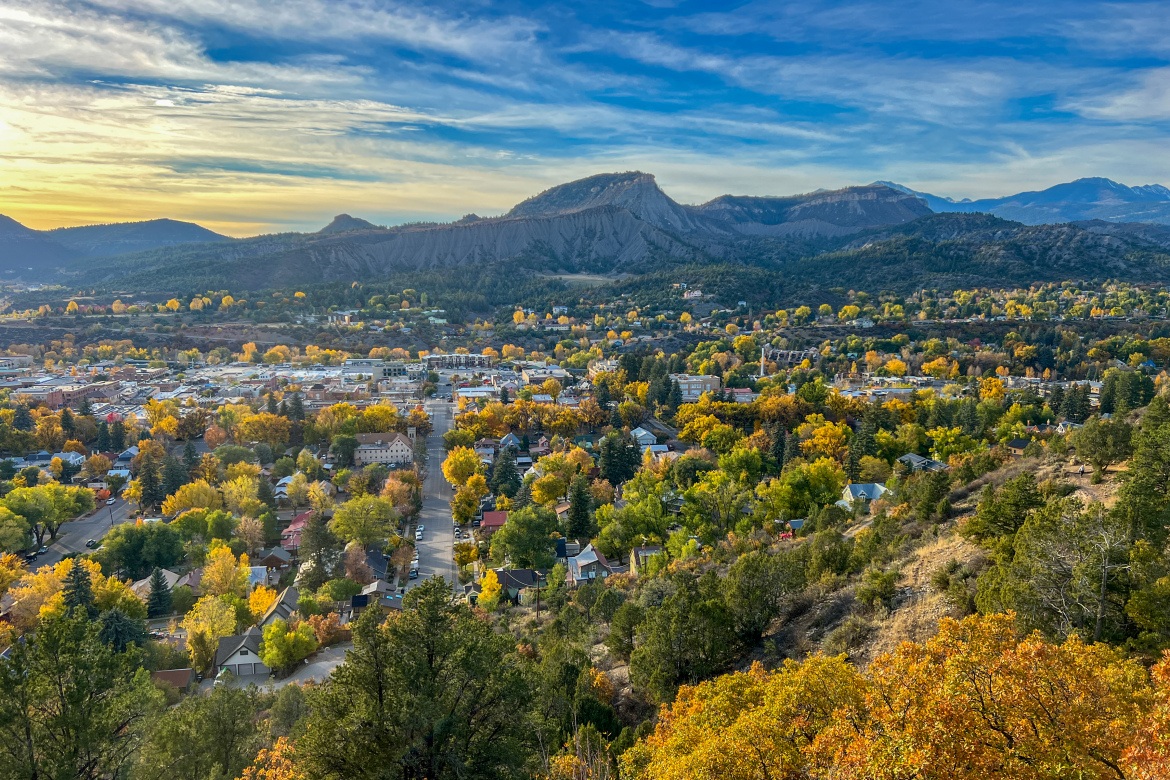
IMBA has just announced a newly revamped set of Ride Center designations, and they’ve added a new designation level: “Trail Town.” The two new Ride Center designations are simply named “Ride Center” and “Premier Ride Center.”
These new designations replace a medal system, which designated Ride Centers as either Bronze, Silver, or Gold. The previous criteria for becoming a Ride Center involved a rather complicated points system that took into account many different factors, and the rankings changed a bit over the years. The new system is designed to be easier to understand, and it includes new Badges.
Ride Centers can earn Badges based on their relative strengths in four different categories: Frontcountry, Backcountry, Gravity, and Bike Park. In addition, “Locations will also be able to highlight the percentage of trails open to Class 1 e-bikes as well as trails suitable for adaptive use,” according to IMBA.
New mileage requirements
Prospective “Trail Towns” only need to have “25 miles of natural surface trails within a 30-mile radius of the town center” that “provide a variety of experiences for all skill levels,” according to IMBA. In addition, the town needs to have a reliable and sustainable source of trail funding, an active local trail organization, community engagement, and a commitment to trail stewardship.
IMBA Ride Centers now need to have 60+ miles of high-quality trails and earn at least 3 Badges. Premier Ride Centers need 100+ miles of high-quality trails and all four Badges.
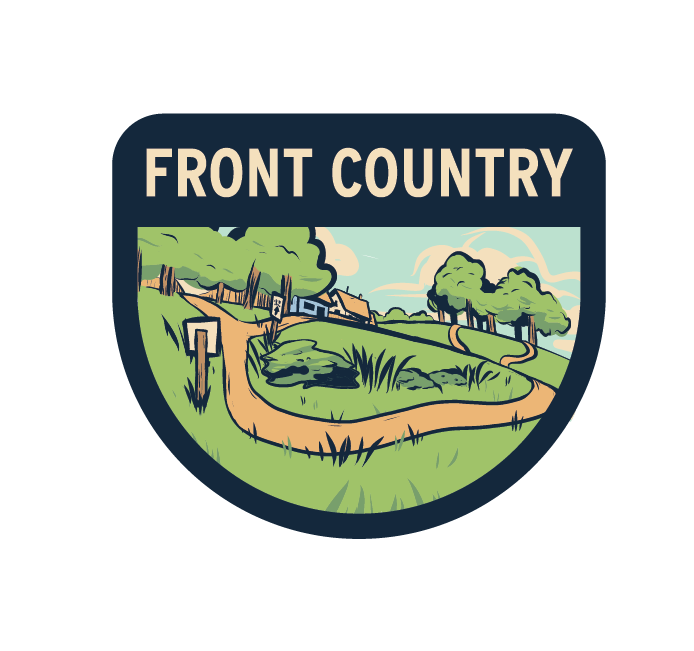
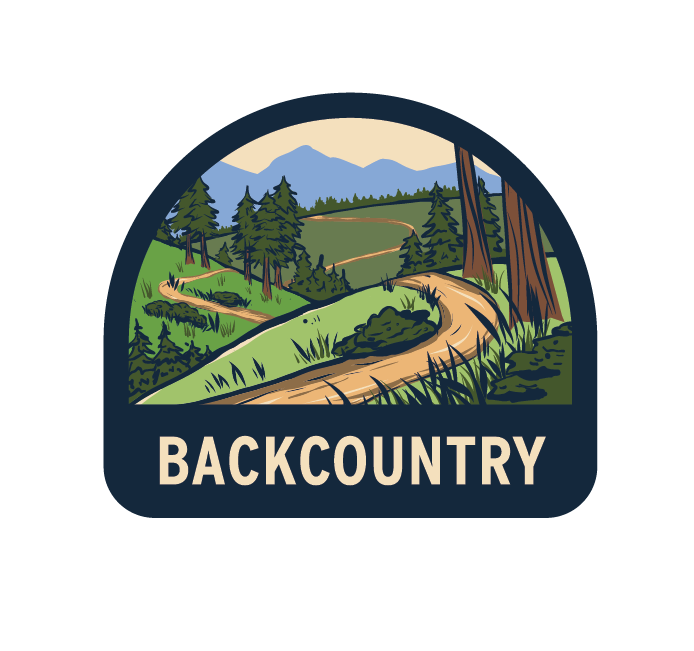
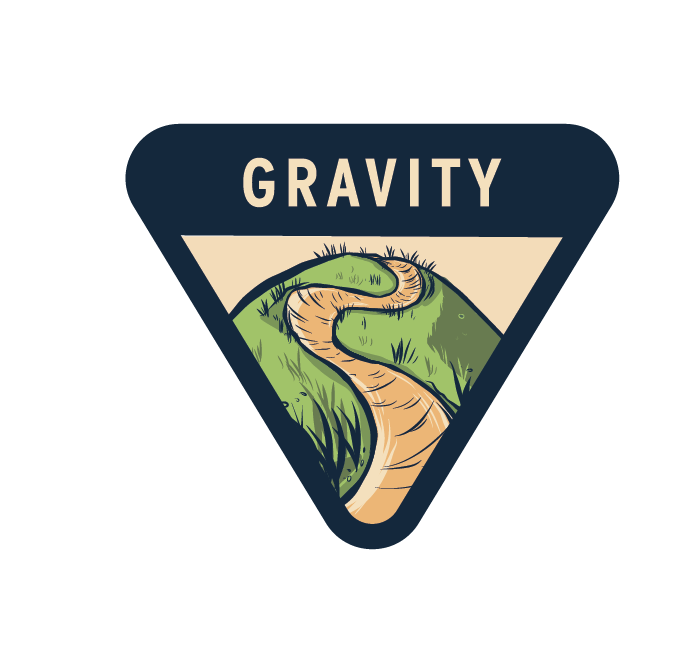
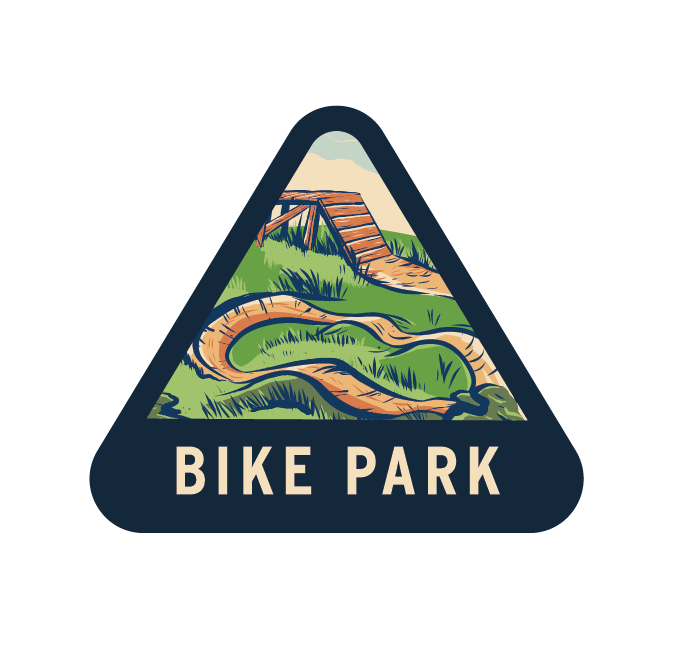
How to earn badges
IMBA has outlined the detailed criteria for earning each badge in its Ride Center Application Guide. For example, to earn the Frontcountry Badge, a town must have at least 20 miles of easily-accessible frontcountry trails. The Backcountry Badge, on the other hand, requires at least 30 miles of remote singletrack. The Gravity Badge requires gravity-style trails across the entire difficulty range, and the Bike Park Badge requires certain types of skills zones and jump lines.

Application process and fees
It’s much easier to apply and become a Trail Town than it is to become a Ride Center. Trail town applications cost $500, and to keep the designation, towns must renew for $250 after year three.
Becoming a Ride Center is a different story entirely. Ride Center applicants must pay a $15,000 review fee, plus expenses, for “a multi-day professional assessment of the trails in the system and the surrounding amenities.”
In order for a town to keep its designation, it must renew after five years for $7,500 (plus expenses). Similarly, it costs $250 to apply plus $7,500 (plus expenses) for an existing Ride Center to upgrade to Premier.
Existing Ride Centers will receive a 12-month extension to meet the new criteria and reapply for $250 plus $7,500 (plus expenses). However, they won’t earn any Badges until they reapply, and if they don’t pay to reapply before the 12-month period is up, they’ll be dropped from the program.
By creating an affordable Trail Town designation, IMBA has democratized the process, making it easier for smaller towns with rad trails to earn international acclaim for the work they’ve done, without paying tens of thousands of dollars for an intense application process. It might also attract numerous established destinations — the likes of Moab, Whistler, and Crested Butte — that may not feel the need to invest in a Ride Center assessment.
If your town wishes to apply, Trail Town applications are open from November 15, 2025, to January 15, 2026, and will be announced by April 1, 2026. Ride Center applications are always open.





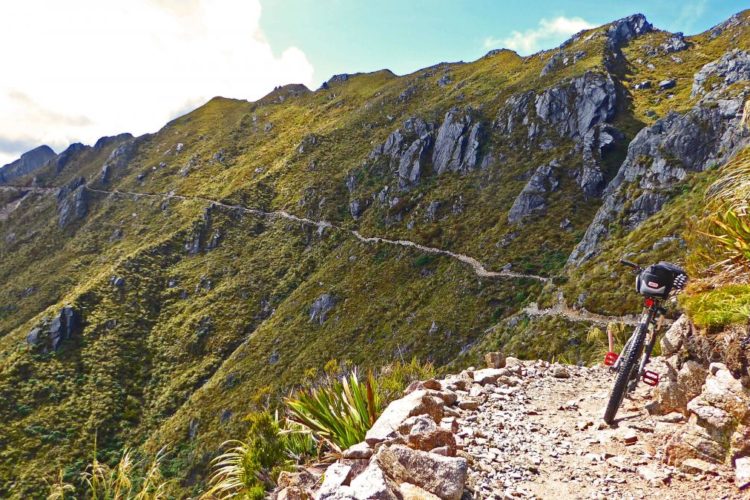
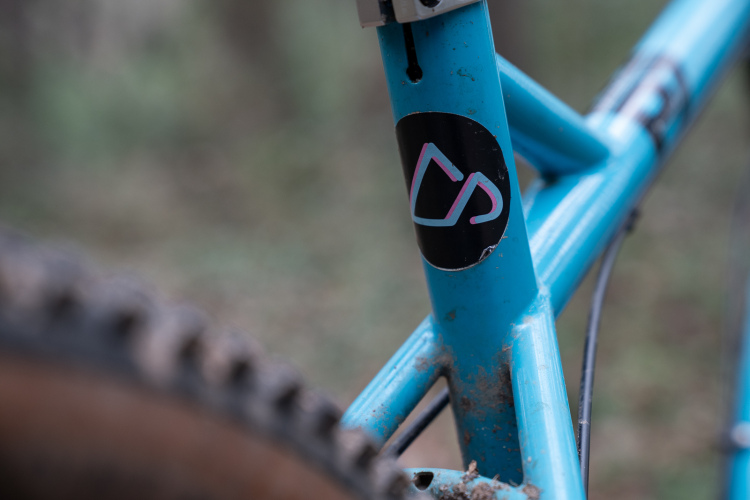
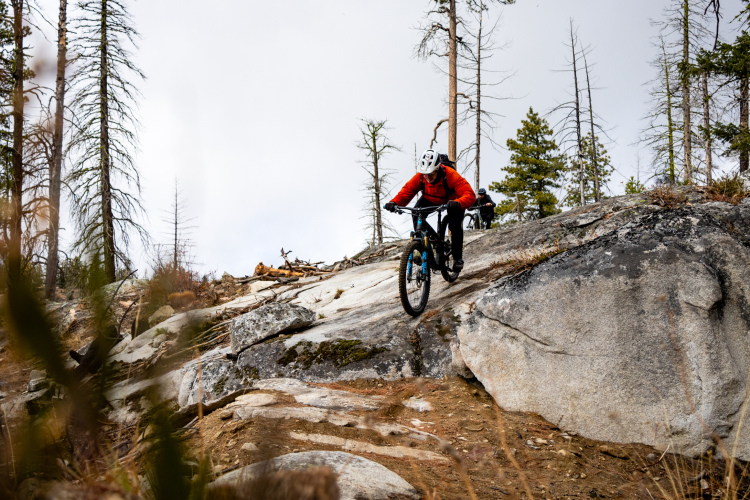
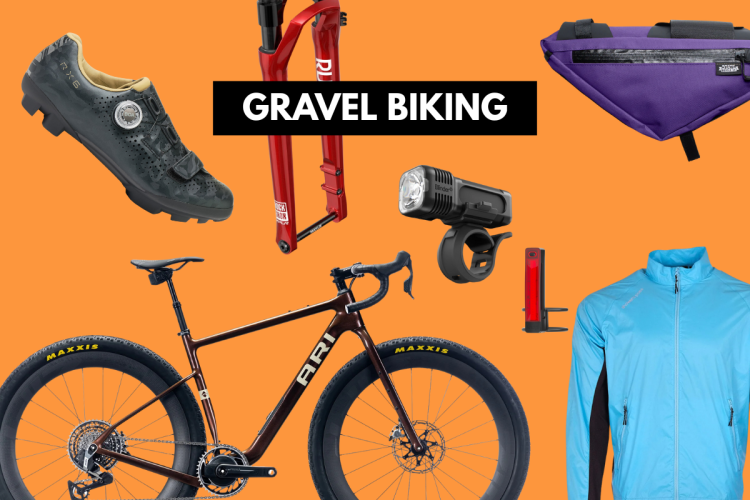


4 Comments
Oct 24, 2025
Oct 24, 2025
Oct 24, 2025
Oct 26, 2025
Being designated a “RIDE CENTER” would be a long shot, even if we could justify the cost. No chance of qualifying for a Gravity Badge and a Backcountry Badge would be doubtful, even though there are 70+ miles of trails available.